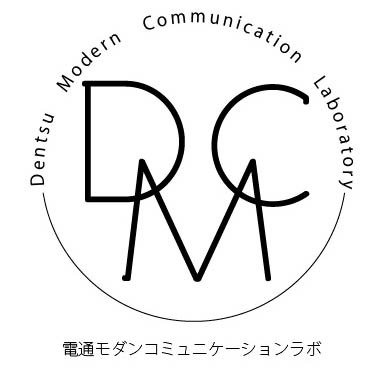This time, we feature "Tomorrow's Advertising" by Mr. Satonori, also known as Sato Naoyuki, the founder of Dentsu Inc. Modern Communication Lab. While this is a book review column, I want to first write about the influence this book, which can be considered a "classic" of communication design, had on myself (and others), and how the new concepts it pointed to at the time connect to future communication.
Reflecting on the Communication Environment of 2008
"Tomorrow's Advertising" was published in January 2008.
Apologies for jumping straight into my own story... At that time, I was job hunting while living out my final days as a student.
Back in 2008-09, some students around me already had Twitter accounts, watched NicoNico Douga, and even made music with Hatsune Miku. Society-wide, it was an era where massive hits emerged from content born on 2channel, and mobile phone novels were all the rage. Of course, smartphones and services like Ustream weren't widespread yet, so when uploading videos, we'd use things like Sanyo's Zacty and post them on YouTube. Naturally, Facebook wasn't very common either (LINE didn't even exist!), but almost all students used mixi to stay in touch, and many also had their own blogs. I think the landscape was pretty much the same as today's communication environment.
As a student, I was naturally interested in advertising and loved interesting things, which is why I aimed for an ad agency. But honestly, I wasn't without anxiety. New communication services and platforms were emerging, and young people were creating and sharing their own culture (in places not directly tied to mass media). How would the advertising business, which seemed (from the outside) to cling to existing methods, change? The magazine I loved reading, 'Advertising Critique,' was ceasing publication. Plus, many young people around me didn't watch TV or subscribe to newspapers. And it was right after the Lehman Shock, giving the impression the advertising industry was only going to get darker. I actually wondered if advertising itself was in a "crisis."
The book 'Tomorrow's Advertising' clearly introduces concepts like media neutrality and consumer-centricity, using metaphors like love letters, to address how advertising should change within this rapidly shifting communication landscape and how to prepare for these changes. Fundamentally, it served to convey to the older generation within the advertising industry and client companies at the time that the communication environment was undergoing drastic change. Conversely, it also played a role in cooling down the heads of the internet pioneers.
The media environment may change, but communication remains essential. By aligning ourselves with consumer-centric thinking, possibilities expand. Recapturing the essence. That's where new value is born.
While "enlightening" many in this way, I believe this book also served to "inspire" the many young people about to enter the advertising industry.
"Tomorrow" has already arrived!
Reading 'Tomorrow's Advertising' now, we young planners strongly feel that this "tomorrow" has already arrived! According to the Internet White Paper, by fiscal year 2012, the number of Japanese SNS users had already exceeded 50 million. Hardly anyone today would consider digital unimportant. Communication design is no longer a new idea or concept; it has become the fundamental mindset and basic skill we must master (especially for the younger generation). Yes, consumer-centric thinking has become the norm.
I suspect that many in the advertising industry today, especially those in their fifth year or younger, entered the field aspiring to become communication designers, inspired by figures like Satonao or Yuki Kishi (I was one of them). Now is the time to re-examine whether we are practicing communication design in our daily work – that is, whether we are truly engaging in consumer-centric communication. The increasingly prominent "inbound marketing" also stems from this "consumer-centric perspective," and the principles of communication design will only become more deeply ingrained.
Returning to my roots, I reread 'Tomorrow's Advertising'. We must reaffirm the fundamentals of communication, properly inherit them, and then consider what 'Tomorrow's Advertising' means for us today.



